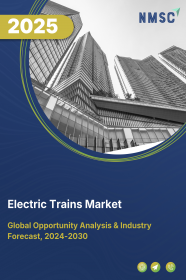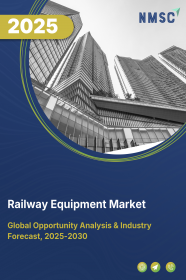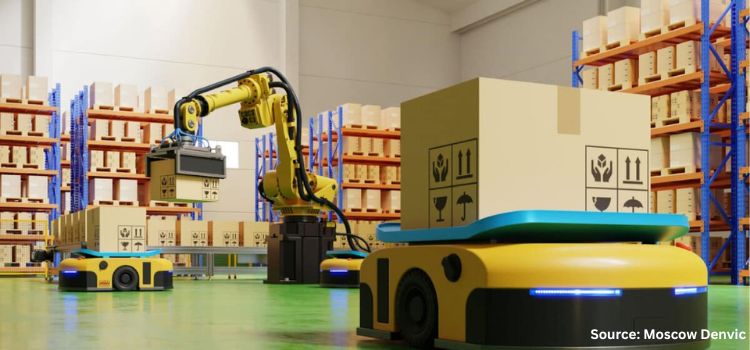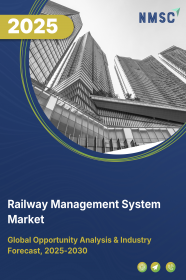
Railway Management System Market by Application (Operations Management, Asset Management, Traffic Management, Passenger Information System, and Network Management), by Type (Infrastructure Management System, Train Control Management System Monitoring System, and Communication-Based Train Control System), by Technology (IoT, Big Data Analytics, Artificial Intelligence, and Others), by End-Users (Passenger Rail Operators, and Others)- Global Opportunity Analysis and Industry Forecast 2025-2030
Industry: Automotive & Transportation | Publish Date: 10-Mar-2025 | No of Pages: 463 | No. of Tables: 303 | No. of Figures: 248 | Format: PDF | Report Code : IC65
US Tariff Impact on Railway Management System Market
Trump Tariffs Are Reshaping Global Business
Railway Management System Market Overview
The global Railway Management System Market size was valued at USD 43.30 billion in 2024 and is predicted to reach USD 74.11 billion by 2030 with a CAGR of 9.4% from 2025-2030.
The factors such as growing urbanization, increasing investment of railway infrastructure along with the expansion of tourism industry drives the market growth. However, high initial investments required for implementing advanced technologies in railway management systems hinders the market growth. On the contrary, introduction of smart technologies such as IoT and AI create future opportunities for the growth of the market. Moreover, top companies such as Cisco Systems Inc. and Hyundai Rotem are taking various initiatives such as partnerships to maintain their dominance in the industry. As the market matures, growing demand for railway management system is foreseen to instigate more growth.
Growing Urbanization Fuels the Market Growth
Rising urbanization drives railway management systems market expansion due to rising demand of transportation infrastructure and the need for efficient transportation solutions for the population staying in urban areas. Railways provide an efficient and safe means of mass transit to address these issues.
According to a recent report by the World Bank Group, overall urban population across the globe increased to 4.61 billion in 2023 from 4.54 billion in 2022. Thereby the increase in the number of urban populations fuels the growth of railway management system boosting the market growth.
Increasing Investment in Railway Infrastructure Drives Market Growth
Expansion in rail investment drivers for the market encouraged by the need for efficient, sustainable and reliable transportation systems. The governments, along with the private sector investors, are constantly recognizing the significance of upgrading and extending the rail transport to improve inter-connectivity, decongest cities and curb carbon emissions.
According to a recent report by the Federal Railroad Administration, the U.S. Department of Transportation Federal Railroad Administration announced more than USD 2.4 billion in Bipartisan Infrastructure Law funding for 122 rail improvement projects in 41 states.
Also, a recent report by India Brand Equity Foundation, the Indian Railways committed to invest an amount of USD 83.91 billion over the next decade to lay 50,000 kilometres of new tracks. Such increase in investment in the infrastructure of railways is anticipated to drive the demand of railway management systems market growth.
Expansion of Travel and Tourism Industry Drives the Market Growth
As the travel and tourism market expands, there is increased demand for smart, efficient, and scalable transport systems. Railway management systems are critical in fulfilling this demand, fuelling market expansion through improved operational efficiency, enhanced customer experience, and sustainable support.
As per the latest report from the World Travel & Tourism Council, tourism sector accounted for 9.1% of the global GDP, an 23.2% increase over 2022. So, the expansion of tourism industry is anticipated to drive the demand of advanced railway management systems fuelling the market growth.
High Initial Investments Hinders the Market Growth
High initial investments in of installing advanced technologies the railway management system market hinders the growth of the market. The majority of railway operators, especially in the developing world, may not be able to meet the cost of upgrading infrastructure and software, thereby limiting market growth.
Introduction of Smart Technologies Create Future Opportunities
The introduction of smart technologies such as IoT, AI and machine learning creates future opportunities for the growth of the market by allowing predictive maintenance, real-time tracking, and effective resource allocation, enhancing operational efficiency as well as passenger experience. The growth of high-speed rail networks, particularly in emerging economies, offers an opportunity for widespread adoption of advanced railway management systems.
Market Segmentation and Scope of Study
The global railway management systems market report is segmented on the basis of application, type, technology, end-users and region. Based on application, the market is classified into operations management, asset management, traffic management, passenger information system, and network management. Based on type, the market is segmented into infrastructure management system, train control management system, monitoring system, and communication-based train control system. On the basis of technology, the market is bifurcated into IoT, big data analytics, artificial intelligence, and cloud computing. On the basis of end-users, the market is categorized into passenger rail operators, freight rail operators, and government authorities. Geographical breakdown and analysis of each of the aforesaid classifications include regions comprising of North America, Europe, Asia-Pacific, and RoW.
Geographical Analysis
Europe region dominates the railway management systems market share. This is primarily due to strong infrastructure, well established railway networks, and increasing railway passengers in the region. As per a recent report published by Office of Rail and Road UK, there were 1.70 billion passenger rail journeys in the 12 months leading up to September 2024, a 12% increase from the previous year in UK. So, the increasing use of railway transport fuels the demand of better infrastructure and advanced management systems in railways thereby driving the market growth.
Moreover, rising tourism industry in across the countries of European Union drives the demand of railway management systems. Train travel tends to be the major choice of transportation due to it is convenient, environmentally friendly, and holds extensive coverage.
According to a report published by the Eurostat in January 2025, in the first 10 months of 2024, 2.70 billion nights were spent in tourist accommodation in the EU. This marked an increase of 42 million nights compared with the same period in 2023. Such increase in tourism in the region fuels the demand of better infrastructure in railway management systems thereby driving the market growth.
On the other hand, Asia-Pacific is the fastest growing region of the railway management systems industry this is due to the urbanization in the region that necessities the need for public transport, such as rail, increased tremendously. China's wide urbanization and expanding metropolitan regions, such as Beijing, Shanghai, and Shenzhen, provide a compelling need for sophisticated transportation infrastructure to handle millions of passengers a day.
According to a report published by Observer Research Foundation, in August 2023, in the period between 2025 to 2050, an urban increment of 1.70 billion people is projected globally, with China making a contribution of 186 million. Thus, increase in urbanization in China is poised to drive the demand of better transportation infrastructures thereby driving the growth of the market.
Moreover, rising government efforts in the region to the railway industry enhances the growth of the market in the region. To cope up with the growing demand for safe and efficient travel, the Indian government gave high priority to the development and improvement of the country's railway system.
For example, the government of India launched Rail Drishti to analyse and monitor the key parameters of Indian Railways with an aim to meet the objectives of transparency and accountability. Such initiatives by the governments drive the demand of railway management systems fuelling the market growth.
Competitive Landscape
The railway management systems industry includes several key market players such as General Electric Company, ABB, Alston SA, Cisco Systems Inc., IBM Corporation, Hitachi Rail Limited, Huwawei Technologies Co., Ltd., Siemens Mobility, Indra Sistemas SA, ALE International, Thales, Mitsubishi Electric Corporation, Schneider Electric, Verdict Media Limited, Hyundai Rotem Company and others. These market players are adopting strategies including product launch to maintain their dominance in the railway management system industry.
For instance, in September 2024, Siemens Mobility rolled out Egypt's first Velaro high-speed train at InnoTrans, Berlin, that operate at speeds of 250 km/h and boasts improved passenger amenities and weather-proof technology.
Also, in February 2025, Hyundai Rotem, the train manufacturing arm of Hyundai Motor Group, secured a USD 1.53 billion contract to supply advanced double-decker electric trains to Morocco’s national railway operator, ONCF.
Railway Management Systems Market Key Segments
By Application
-
Operations Management
-
Asset Management
-
Traffic Management
-
Passenger Information System
-
Network Management
By Type
-
Infrastructure Management System
-
Train Control Management System
-
Monitoring System
-
Communication-Based Train Control System
By Technology
-
IoT
-
Big Data Analytics
-
Artificial Intelligence
-
Cloud Computing
By End-Users
-
Passenger Rail Operators
-
Freight Rail Operators
-
Government Authorities
By Region
-
North America
-
The U.S.
-
Canada
-
Mexico
-
-
Europe
-
The UK
-
Germany
-
France
-
Italy
-
Spain
-
Denmark
-
Netherlands
-
Finland
-
Sweden
-
Norway
-
Russia
-
Rest of Europe
-
-
Asia-Pacific
-
China
-
Japan
-
India
-
South Korea
-
Australia
-
Indonesia
-
Singapore
-
Taiwan
-
Thailand
-
Rest of Asia-Pacific
-
-
RoW
-
Latin America
-
Middle East
-
Africa
-
Key Players
-
General Electric Company
-
ABB
-
Alstom SA
-
Cisco Systems, Inc.
-
IBM Corporation
-
Hitachi Rail Limited
-
Huawei Technologies Co., Ltd.
-
Siemens Mobility
-
Indra Sistemas SA
-
ALE International
-
Thales
-
Mitsubishi Electric Corporation
-
Schneider Electric
-
Verdict Media Limited
-
Hyundai Rotem Company
REPORT SCOPE AND SEGMENTATION:
|
Parameters |
Details |
|
Market Size in 2024 |
USD 43.30 Billion |
|
Revenue Forecast in 2030 |
USD 74.11 Billion |
|
Growth Rate |
9.4% from 2025 to 2030 |
|
Analysis Period |
2024–2030 |
|
Base Year Considered |
2024 |
|
Forecast Period |
2025–2030 |
|
Market Size Estimation |
Billion (USD) |
|
Growth Factors |
|
|
Countries Covered |
28 |
|
Companies Profiled |
15 |
|
Market Share |
Available for 10 companies |
|
Customization Scope |
Free customization (equivalent to up to 80 working hours of analysts) after purchase. Addition or alteration to country, regional, and segment scope. |
|
Pricing and Purchase Options |
Avail customized purchase options to meet your exact research needs. |







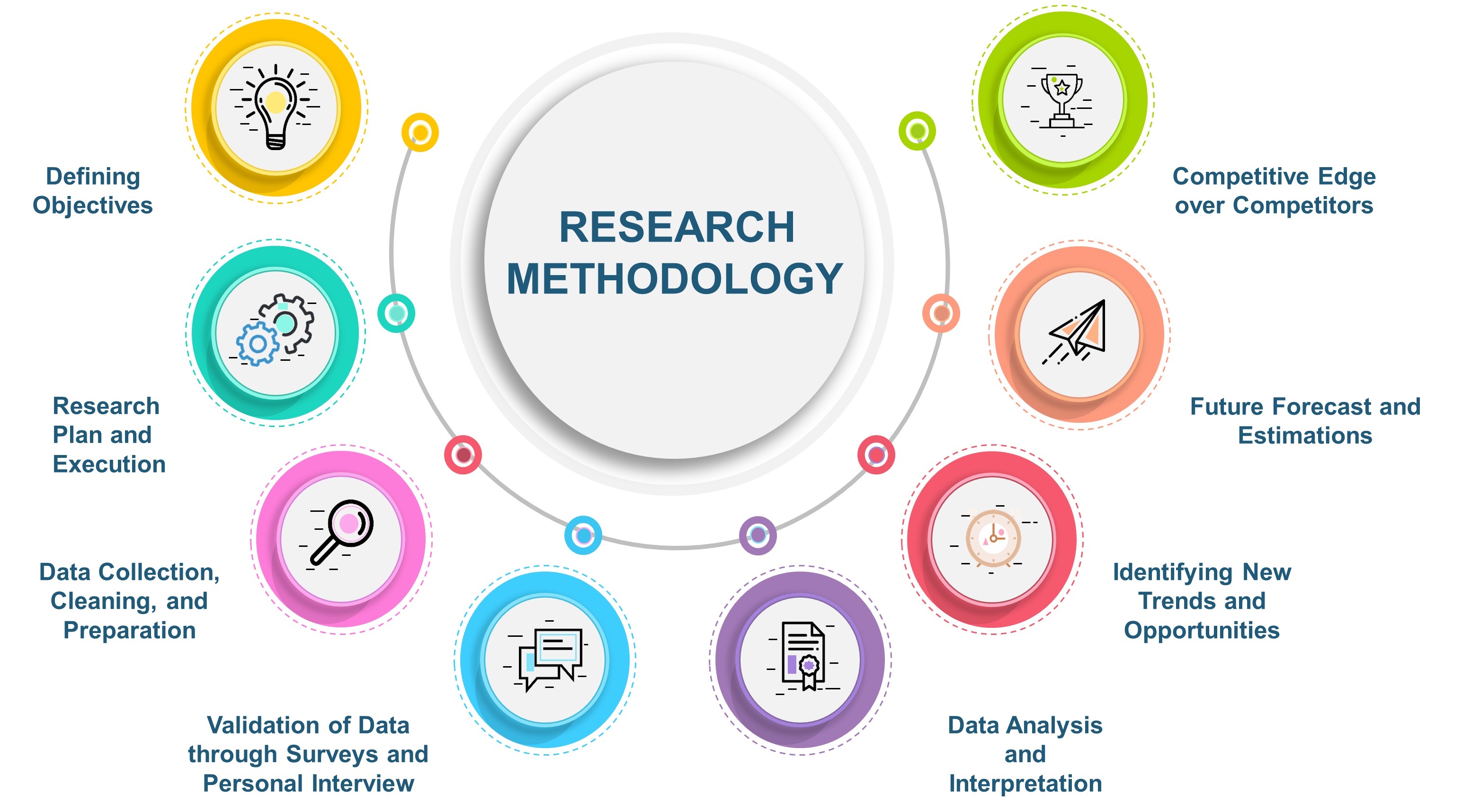
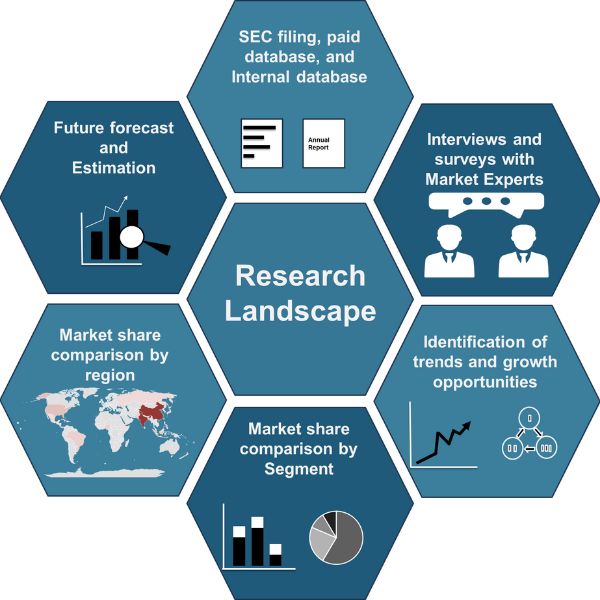





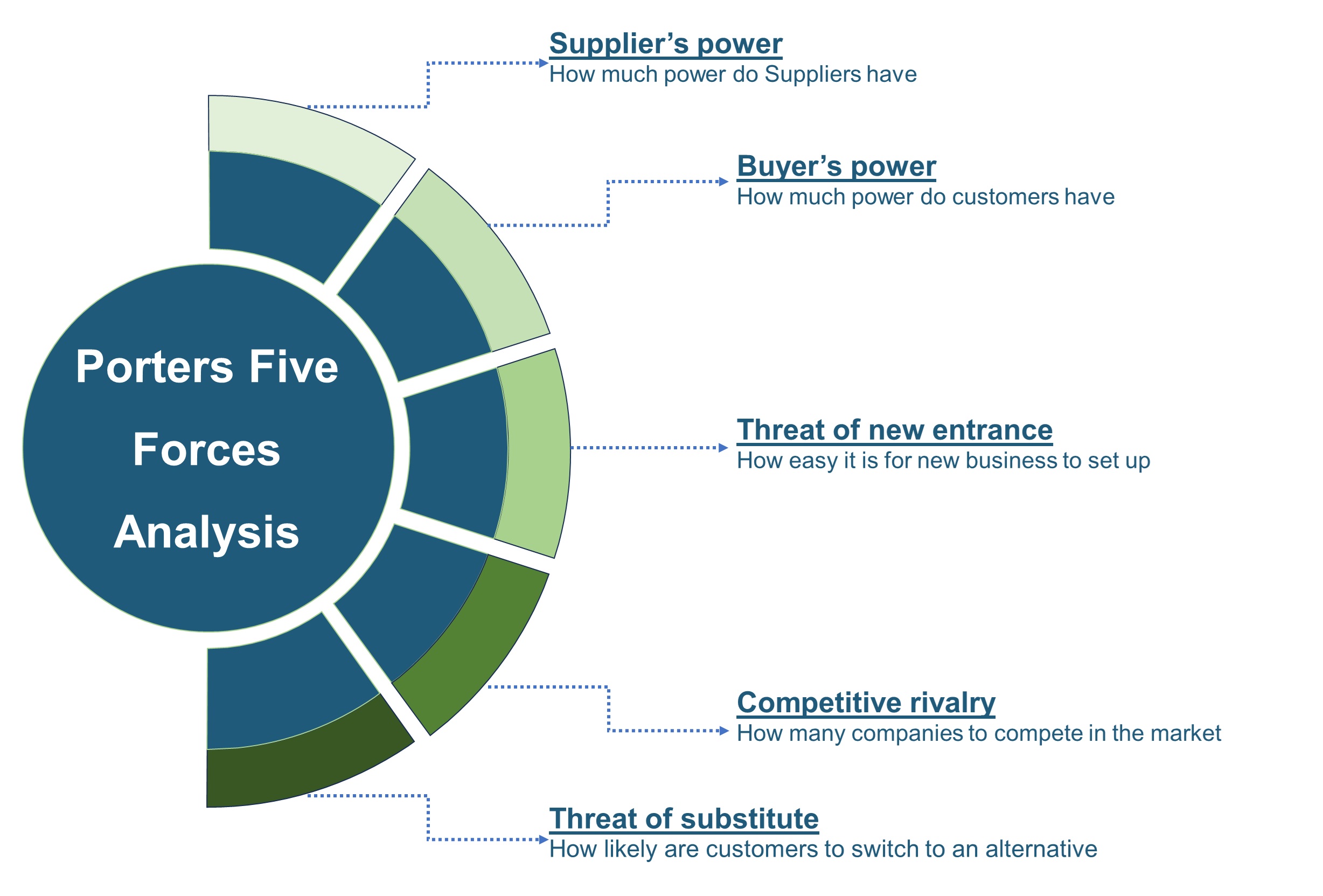

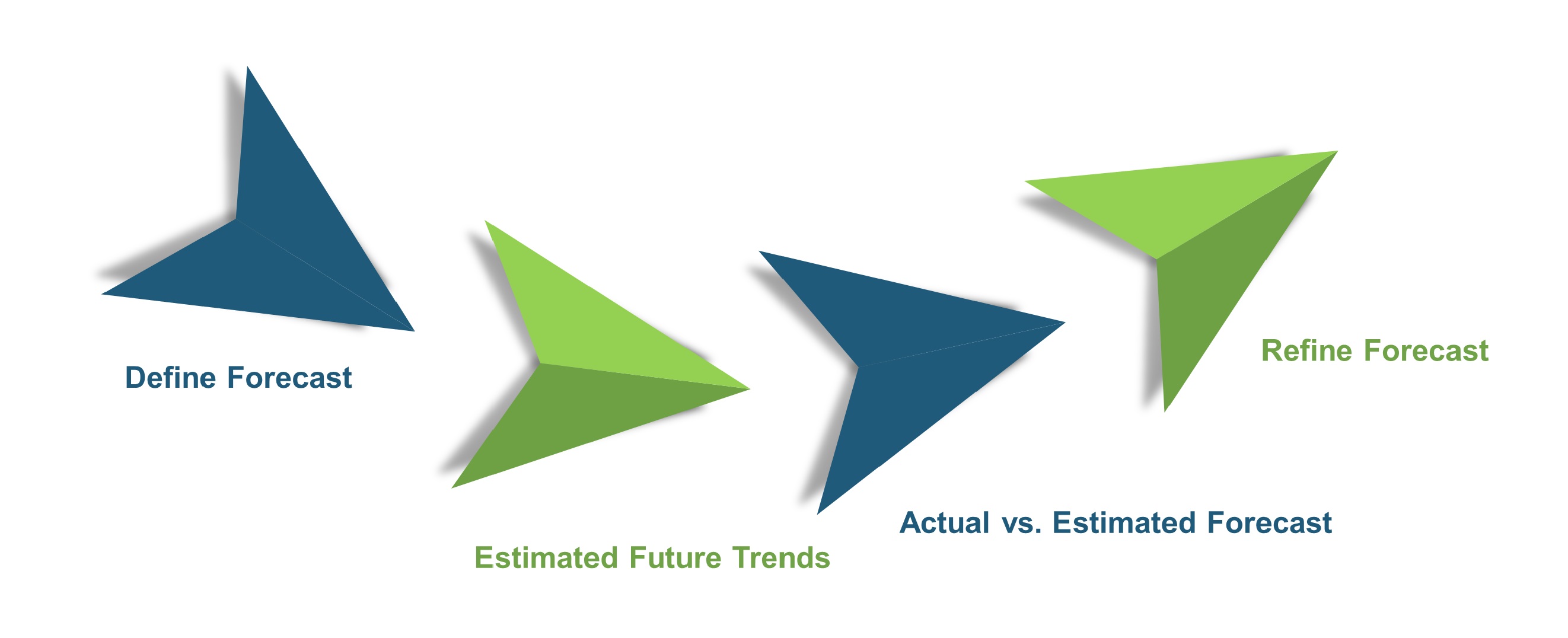
 Speak to Our Analyst
Speak to Our Analyst




